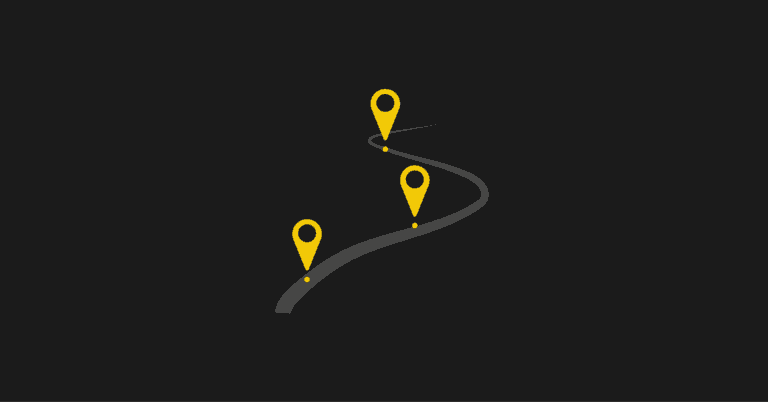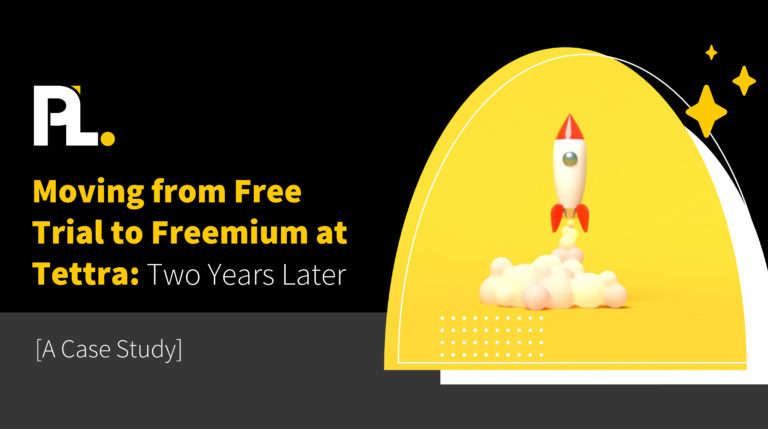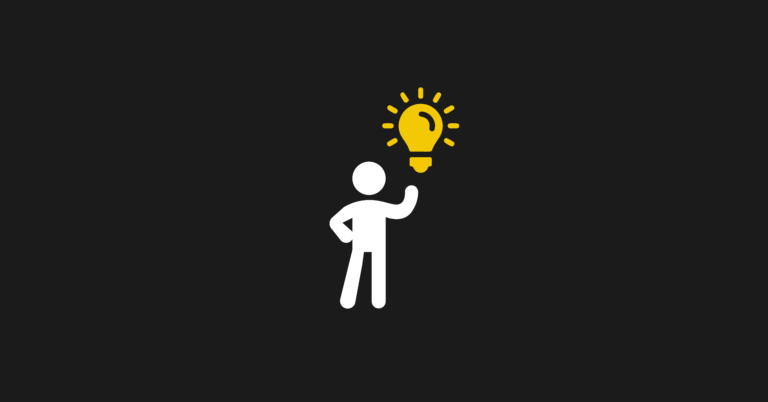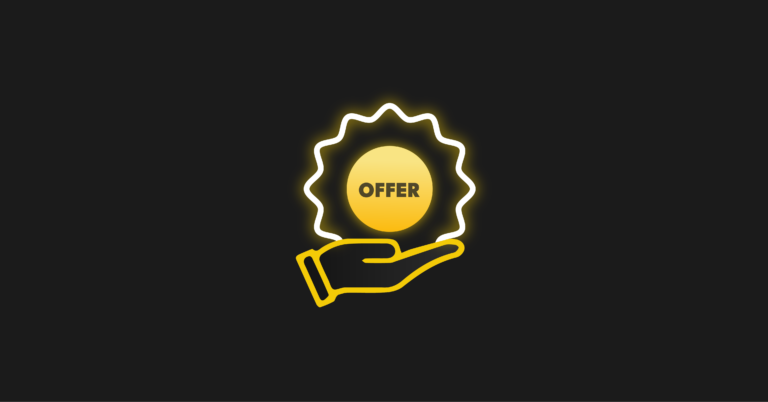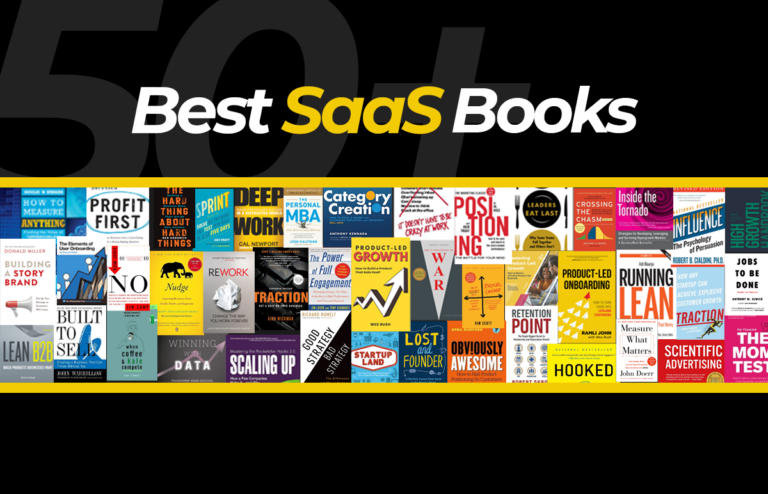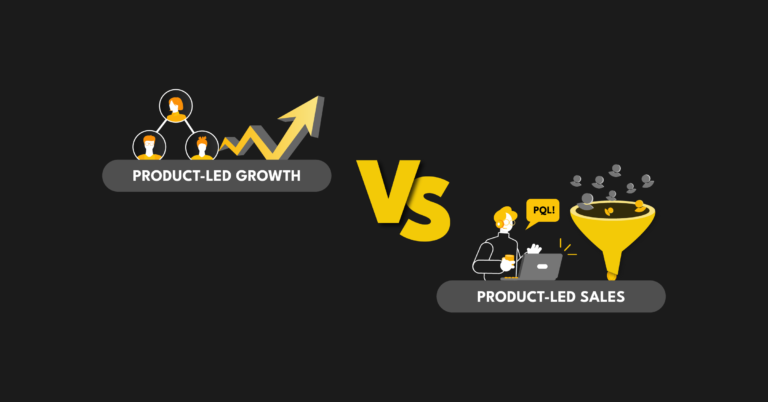To understand usability and boost user engagement, one key concept you need to master is friction logs. In this episode, we cover ideas and recommendations for using them to unlock product-led growth with the help of Pulkit Agrawal, the co-founder of Chameleon.
Pulkit shares his knowledge about what a friction log is, how to make them valuable and the careful considerations you need to consider when making decisions about both good and bad friction.
Show Notes
[01:47] Friction log is a stream of consciousness on a piece of paper.
[04:07] User testing or a friction log. What's the distinction?
[07:32] You don't need to explain every step, and not every step is equal!
[08:18] What does Pulkit want everyone to consider when it comes to friction logs?
[13:46] What better options do you have to consider when making decisions in both good and bad friction?
[17:10] New patterns develop, and people's expectations change along with the market.
[21:02] How can we improve the onboarding experience?
[24:34] It is unnecessary to perfect the journey or the friction log.
[26:58] Improve product experiences by combining qualitative and quantitative data!
[32:39] Never deploy anything that might lead a customer or end user to see something they are not requesting or expecting.
[37:17] Risk comes from not knowing what you're doing, so learn these factors Pulit is talking about.
About Pulkit Agrawal
Previously, Pulkit helped unemployed youth launch businesses in rural India, studied engineering at the University of Cambridge, and worked in data modeling and analysis in London.
About Chameleon
The most well-known product adoption platform, Chameleon, was created to let modern software companies rebrand and alter their user experiences. Teams can easily create, deploy, test, and iterate on in-product experiences, such as banners, tooltips, modals, walkthroughs, checklists, and more, using its no-code Builder.


